We are aware that teaching goes beyond the activities in the classroom. Educators usually have endless activities to do before, during and after class. From class preparation, assessment, academic meetings, communication with parents, counseling sessions, and so on. Not to mention the —increasingly necessary— professional development for educators to be able to respond to the new challenges facing education.
Nowadays teachers have numerous options, both online and in person, for professional development. However, much of the literature we found in books, publications, blogs and online courses, comes with a bunch of jargon, trendy words that not everybody truly understands.
Below is a glossary of educational terminology that can be used as a guide for teachers who want to keep up with the latest trends in educational innovation. This glossary can also be found on our Radar of Educational Innovation 2017, a document that presents the emerging trends in pedagogy and educational technology at the Tecnológico de Monterrey.
Glossary of current trends in pedagogy
Active Learning
A student-focused teaching-learning strategy that promotes continuous participation and reflection by means of activities that are typically motivating and challenging, seeking to deepen knowledge, develop data search, analysis, and synthesis skills, and promote an active adaptation to problem-solving.
Authentic Learning
Type of learning, based on constructivist psychology, in which a student relates new information with information they already possess, readjusting and rebuilding both pieces of information in this process. The structure of the prior knowledge conditions new knowledge and experiences, and they, in turn, modify and restructure the former.
Lifelong Learning
Lifelong learning is best understood as a process of individual learning and development across the life-span, from cradle to grave – from learning in early childhood to learning in retirement. It is an inclusive concept that refers not only to education in formal settings, such as schools, universities, and adult education institutions but also to “life-wide” learning in informal settings, at home, at work and in the wider community.
Research-Based Learning
Consists of the application of teaching-learning strategies that seek to connect research with teaching, which allows for the partial or total inclusion of the student in an investigation based on the scientific method, under the supervision of the teacher.
Problem-Based Learning
A didactic approach in which a small group of students meets with a tutor to analyze and propose a solution to a real or potentially real problem related to their physical and social environment. The objective does not focus on solving the issue but rather on using it as a trigger so that the students cover the learning objectives, and develop personal and social competencies.
Project-Based Learning
Didactic technique focused on the collaborative efforts of a group of students to design and develop a project as a way to achieve the learning objectives of one or more disciplines and to develop competencies related to the management of actual projects.
Challenge-Based Learning
A strategy that provides students with a general context where they, in a collaborative manner, must determine the challenge to resolve. Students work with their teachers and experts to solve this challenge in communities around the world and develop a deeper knowledge of the subjects they are studying.
Collaborative Learning
The didactic use of small groups where the students work together to obtain the best learning outcomes in themselves and in others. It promotes the development of skills, attitudes, and values in students.
Online Learning (E-learning)
Teaching-learning processes conducted over the Internet. Synchronous and asynchronous communication maintains the instructional interaction between teachers and students. The student becomes the center of the training by having to self-manage its learning, with the assistance of tutors and colleagues.
Flexible Learning
It offers students options for when, where and how to learn. This flexibility can help students fulfill their particular needs. Flexible learning can include the use of technology for online studying, part-time studying, and studying the programs at a slower or faster pace, among other things.
Hybrid Learning
A formal educational program that combines online digital media with traditional classroom methods. It requires the physical presence of both teacher and student, with some element of student control over time, place, path, or pace, while maintaining the possibility of interacting with their teacher and classmates.
Flipped Learning
A teaching technique in which content is presented by means of videos that can be freely consulted online, while classroom time is devoted to discussion, problem-solving, and practical activities under the supervision and guidance of the teacher.
Just-in-time Learning
Learning system that delivers formative contents to students at the time and place of their choosing. Students can concentrate on just the information that they need to resolve issues, perform specific tasks, or quickly update their skills.
Experiential Learning
Learning model that implies living an experience in which the student can feel or do things that strengthen their learning.
Service-learning
Didactic technique that links two complex concepts: community action, the “service” and the efforts for learning from the action, connecting what is learned from it with already established knowledge, the “learning”. Service-learning projects can be utilized to reinforce the contents of the course and to develop a variety of competencies in the student related to civic responsibility.
Global Learning
Global Learning consists of analyzing and collaboratively addressing complex problems that transcend borders by bringing students closer to different cultures and eliminating stereotypes.
Connectivism
A theory that states that learning occurs as result of many and diverse connections. The goal is to build networks, with the support of information and communication technologies, and generate new knowledge while learning.
Constructionism
Learning theory that highlights the importance of action in the learning process. Students learn more effectively by building tangible objects thereby building on their own knowledge structures.
Competency-Based Education (CBE)
Centered on student’s learning and focused on the development of knowledge, skills, and attitudes that must be demonstrated in a tangible manner and based on performance standards. The competencies allow the subject to have an active adaptation to the change process by developing comprehension and resolution of increasingly complex problems.
Self-organized learning environment
Teaching methodology where the educators are guides and observers of what happens in the session and the students themselves decide to begin the search for new concepts. The academic curriculum is based on questions that awaken the curiosity of the student, giving rise to investigative, autonomous, and collaborative work, so students can internalize the new knowledge, which can be reinforced by the educator.
Makerspaces
A space in which students learn by making their own creations, using design so ware, as well as tools and equipment to develop their own projects in fields such as 3D printers, laser cutters, numerical control machines, welding equipment, and textiles.
Gamification
It involves the design of an actual or virtual educational environment to define tasks and activities using gaming principles. The goal is to take advantage of the natural predisposition of students towards gaming activities to enhance the motivation to learn, the acquisition of knowledge and values, and the development of competencies in general.
Mastery Learning
Modality of the teaching–learning process in which the contents are divided into learning units that clearly indicate the goals students must attain. Students work through each block of content in a series of sequential steps and must demonstrate a certain level of success in the mastery of the knowledge, prior to moving on to new content
Maieutic
A method that consists of interrogating a person to make them attain knowledge by means of their own conclusions and not by means of learned knowledge and pre-conceptualized concepts. Maieutic is based on the intrinsic capacity of each individual, which assumes the idea that the truth is hidden inside oneself.
Mentoring
An interpersonal relationship that promotes the development of the student with the help of a person with greater experience or knowledge. The person that receives mentoring has traditionally been known as a disciple or apprentice.
Peer Learning
A reciprocal learning experience that involves students sharing knowledge, ideas, and experiences among each other. It can be viewed as a strategy to take students from an independent form of learning to one that is interdependent or mutual.
Case Method
The case method is a didactic technique where students build their learning from the analysis and discussion of real life experiences and situations. They are involved in a process of analysis of problematic situations for which they must propose a well-founded solution.
Experience-Based Learning
Model in which the student’s experience occupies a central place in all teaching and learning considerations. This experience may include previous events in the student’s life, current events, or those that arise from the student’s participation in activities implemented by teachers.
Research-Based Learning
Teaching and learning strategy that incorporates the student into research based on scientific methods, under the supervision of the teacher; a systematic process that collects and analyzes information so that the student understands a phenomenon under study.
Glossary of current trends in educational technology
Adaptive Learning
A method of instruction that uses a computer system to create a personalized learning experience. Instruction, feedback, and correction are adjusted based on the interactions of the student and the level of performance demonstrated.
Learning with Wearable Technologies
Learning strategy that incorporates the use of electronic devices in clothing and accessories worn by students with the purpose of performing a learning activity.
Learning in Social Networks and Collaborative Environments
Use of existing or proprietary platforms, o en hosted in the cloud, that strengthen social and collaborative learning regardless of where the participants are located. It makes use of such different technological resources: social networks, blogs, chats, online conferences, shared board, wikis, among others.
Mobile Learning
Use of mobile technologies, such as portable computers, tablets, MP3 players and smartphones for supporting the teaching- learning process. Access to educational resources can be made from the device that the student carries at all times.
Ubiquitous Learning
Educational strategy where learning happens anywhere and at any time thanks to the use of technologies that form part of our day-to-day activities in the most routine objects. These technologies make educational contents and activities available to students at all times.
Virtual Assistant
An artificial intelligence application capable of interacting with human beings in their own language. In education, a virtual assistant could facilitate interaction with the teacher and the student offering greater accessibility and improving the personalization of learning by providing information, tutoring, administering exams, and more.
Big Data and Learning Analytics
Use of tools and techniques that handle large amounts of data on students available in learning platforms, entrance exams, academic history, interactions of students in discussion forums, library, among others. Handling the students’ data makes it possible to determine their current learning status, formulate a forecast on their performance, and take corrective actions.
Affective Computing
A computer system capable of detecting the affective status of the users. This technology can have a major impact on education since learning is associated not only with cognitive skills, but also emotions, expectations, prejudices, and social needs. There are many technologies that can be used to create an emotionally deep learning environment, for example, simulations, role-playing, language detection, facial recognition, among others.
Massive Open Online Courses (MOOCs)
Online courses that use connectivism, a didactic strategy that has the potential for having thousands of participants in a single virtual space, which is accessible to anyone who has the Internet. Besides videos, readings, and learning activities, they provide forums where the teacher and the students engage in an exchange of knowledge.
E-Books
Electronic version of a book that can be accessed in computers and mobile devices, allowing the student to interact with the content in a more rewarding manner.
Personalized Learning Environments
These are systems that students can configure on their own to take control of and manage their own learning. This includes setting learning objectives, managing content, and communicating with other students. These environments can be comprised of one or several subsystems, for example, an LMS, blogs, feeds, etc. It can be a desktop application or comprised by one or more web services.
3D Printing in Education
Use of printers that allows students to create parts, prototypes or volumetric models from a design made in a computer. Helps teachers and students to visualize in 3D concepts that are difficult to illustrate in another manner. Students can design and print their models, test and assess them, and, if they do not work, work with them again.
Badges and Microcredits
Badges are a mechanism for granting a certification to students for informal learning in the form of microcredits. Students can gather, organize and publish them to demonstrate their skills and achievements, in different websites, such as social networks, professional networks, and virtual communities, among others.
Internet of Things (IoT)
Refers to the interconnection of day-to- day objects with the Internet. This interconnection allows the exchange of relevant data generated by devices, thus facilitating daily life. Applications of this technology are being developed in education. For example, a student can learn a language by touching physical objects, since the objects will reproduce their name by means of a message or voice.
Remote and Virtual Laboratories
Virtual laboratories are web applications that emulate the operation of an actual laboratory to practice in a safe environment. Remote laboratories provide a virtual interface to an actual laboratory. Students work with the equipment and observe the activities by means of a web camera from a computer or a mobile device, which allows them to have an actual viewpoint of the behavior of a system and access professional laboratory tools whenever they need them.
Augmented Reality
Use of technology that complements the perception and interaction with the real world and allows the student to superimpose a layer of information onto reality, thus providing richer and more immersive learning experiences.
Open Educational Resources (OER)
Teaching-learning resources open to the general public to be used freely and at no charge, with no start/closing date, allowing the participants to learn at their own pace. OER may include complete courses, course materials, modules, textbooks, videos, exams, software, and any other knowledge resource.
Telepresence in Education
The use of audiovisual technologies with educational purposes that allow students and teachers to interact in a remote, synchronic manner in conversations, classes, teamwork, among others.
Virtual Reality (VR)
An immersive technological environment made up of a three-dimensional simulation in which the user involves several senses to interact with the simulation. The user feels like they are mentally immersed in the artificial medium.
This article from Observatory of the Institute for the Future of Education may be shared under the terms of the license CC BY-NC-SA 4.0 
)
)
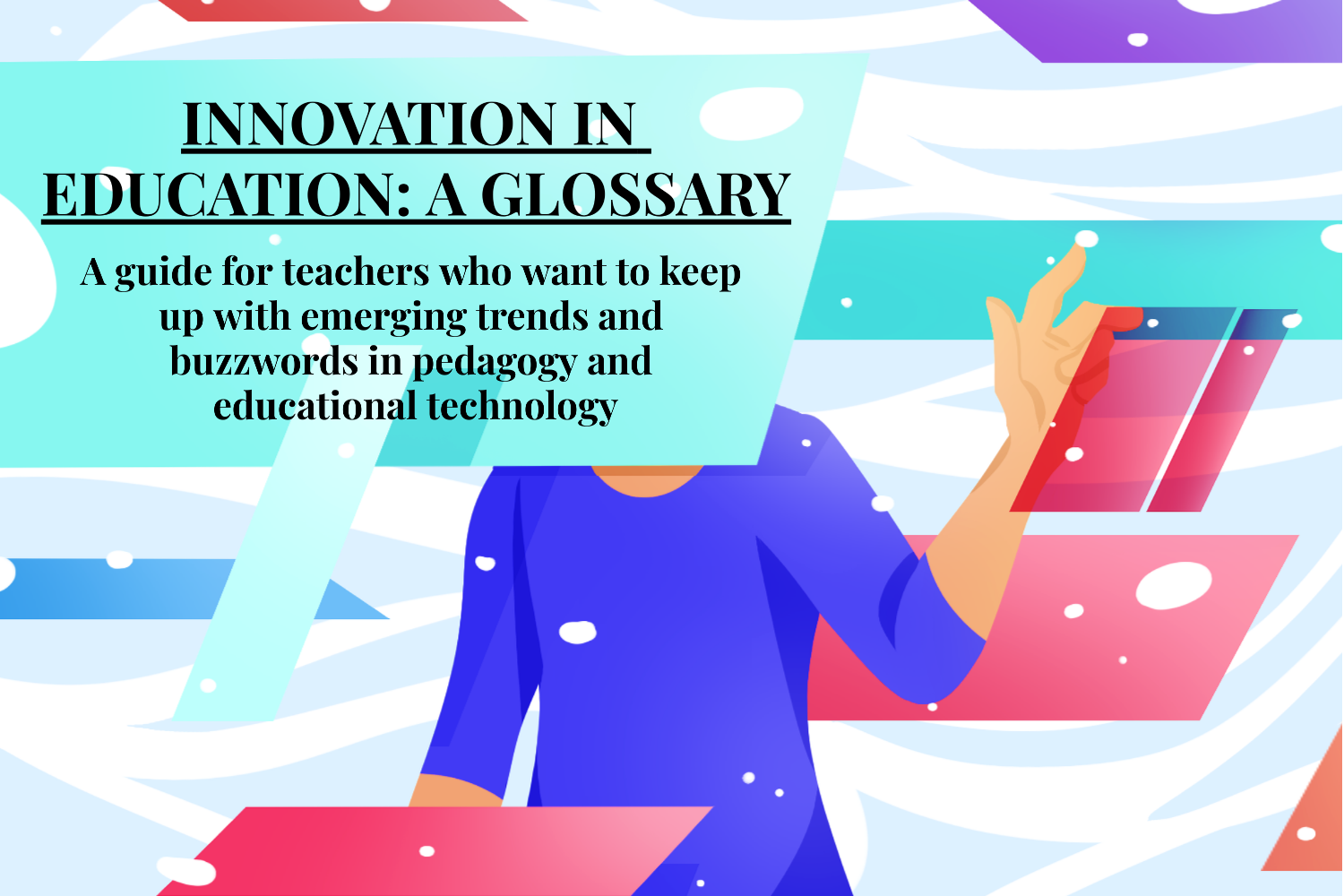
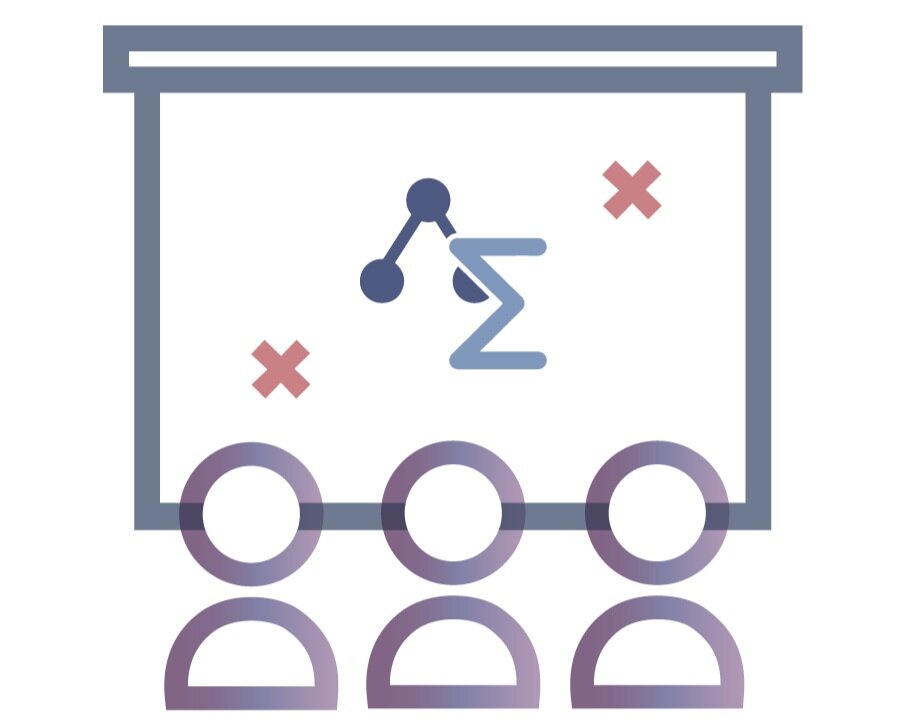
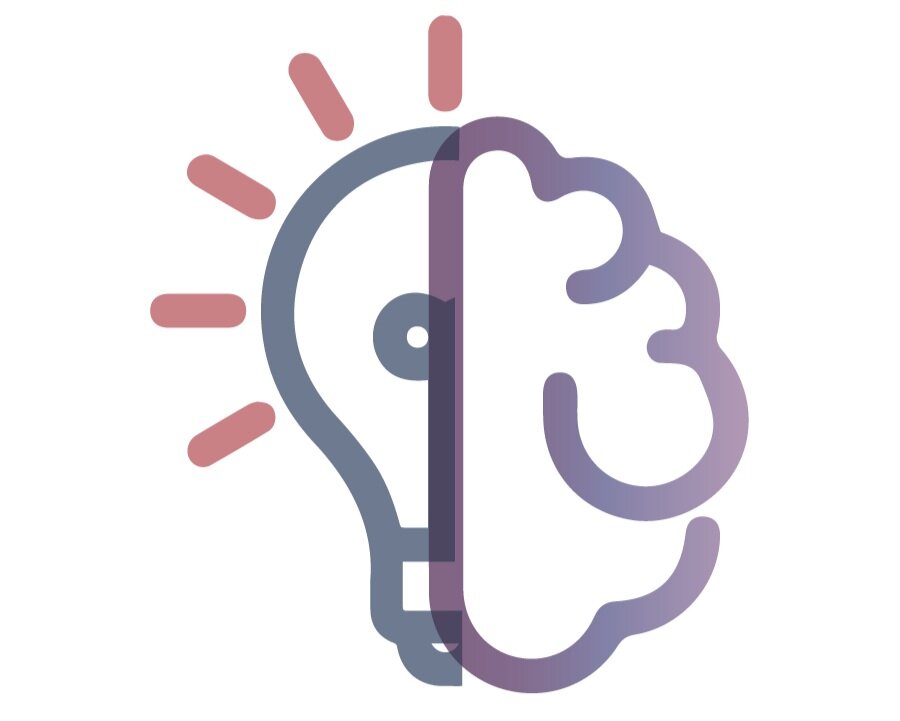
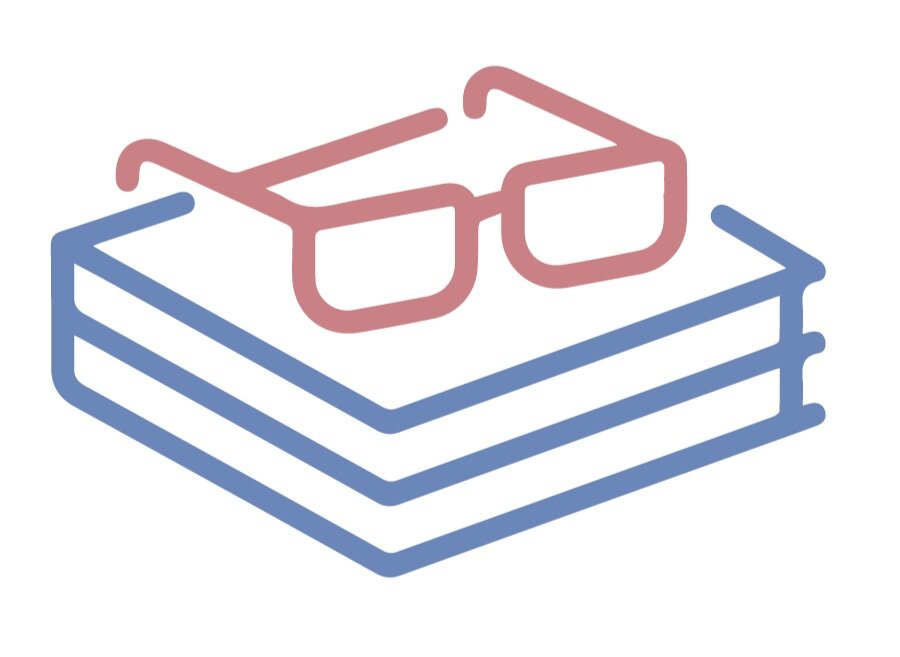
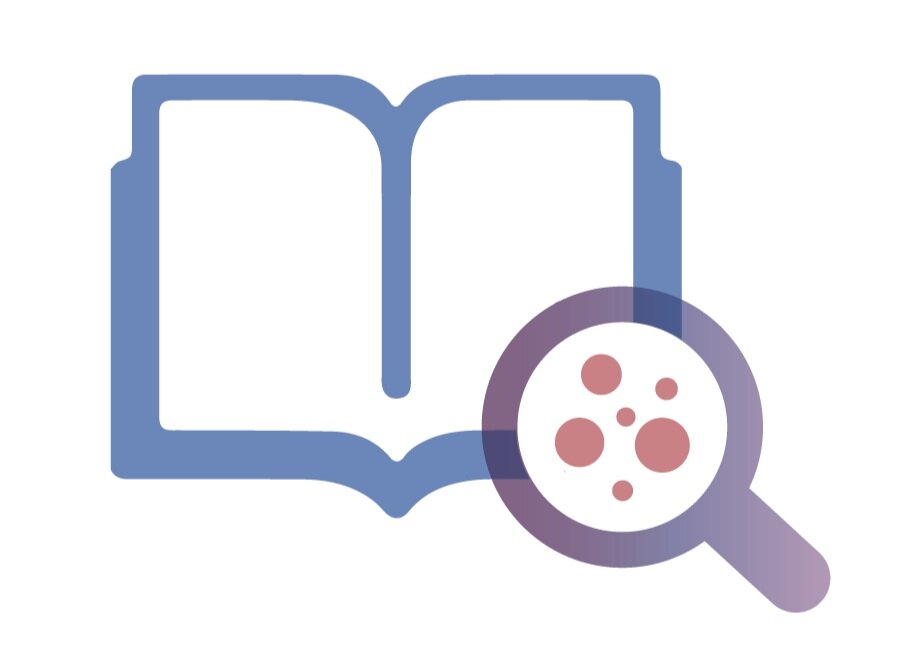
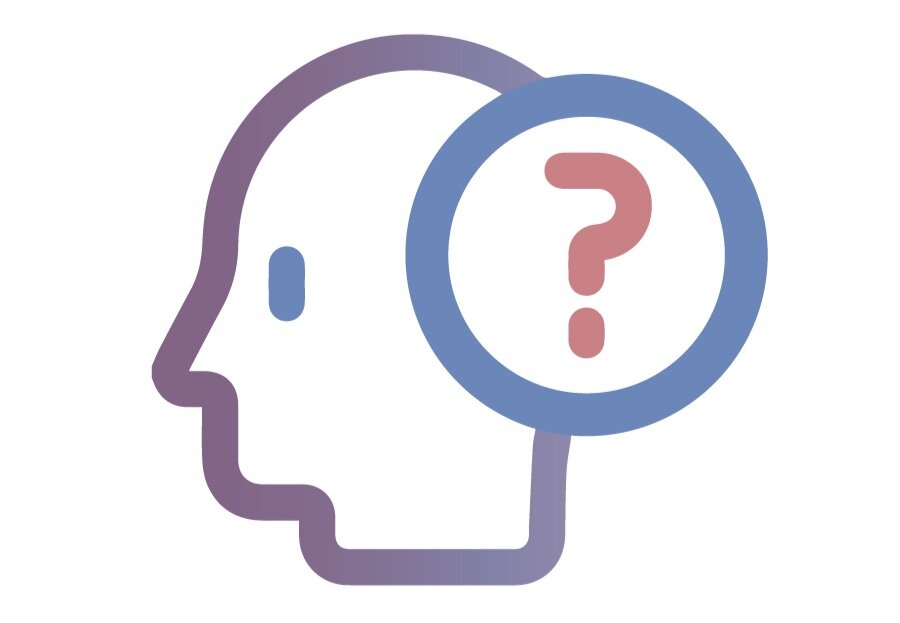

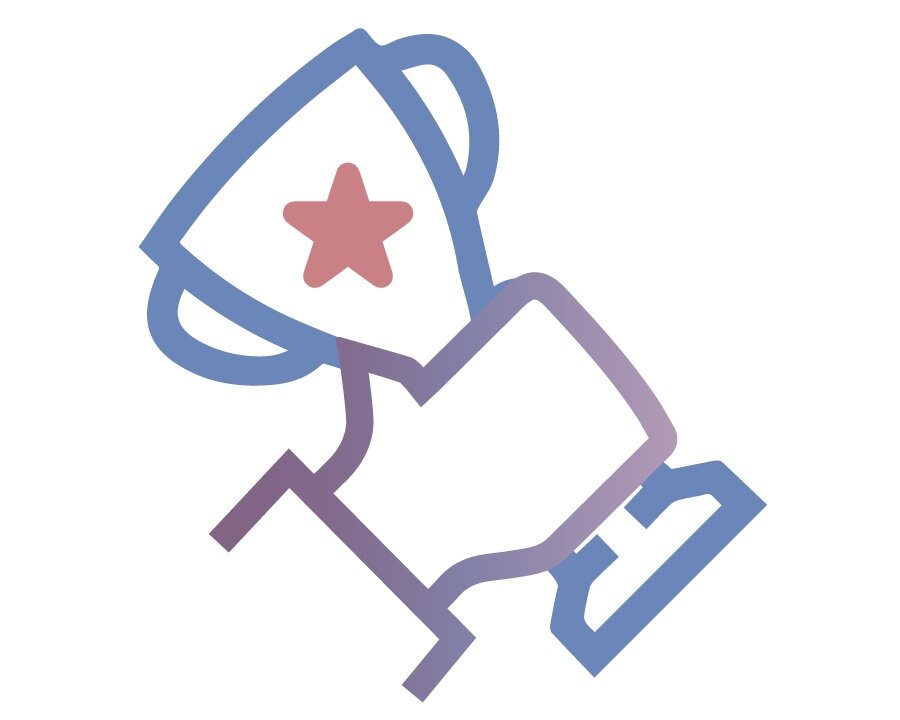

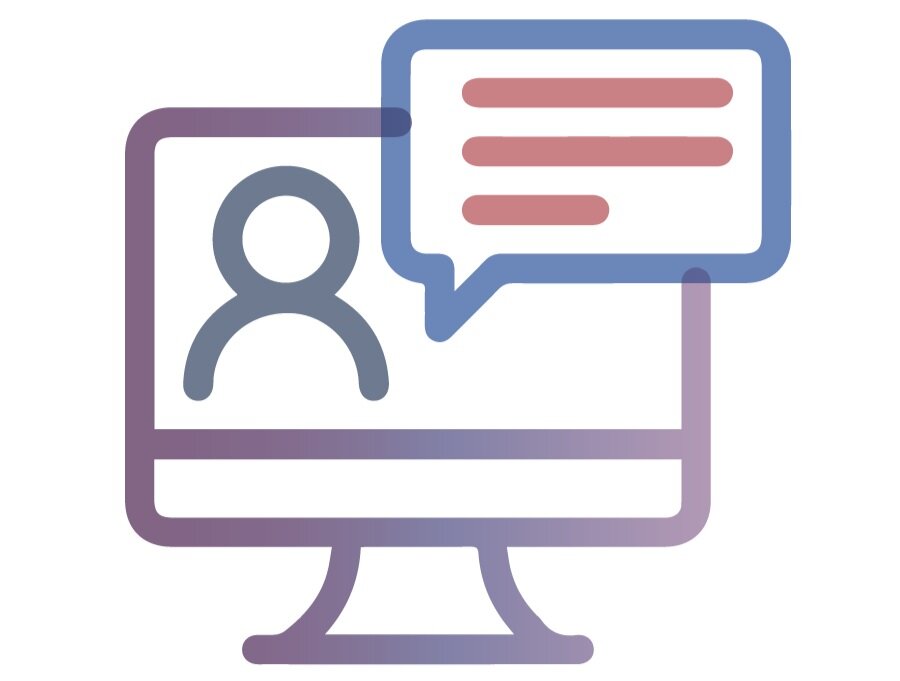
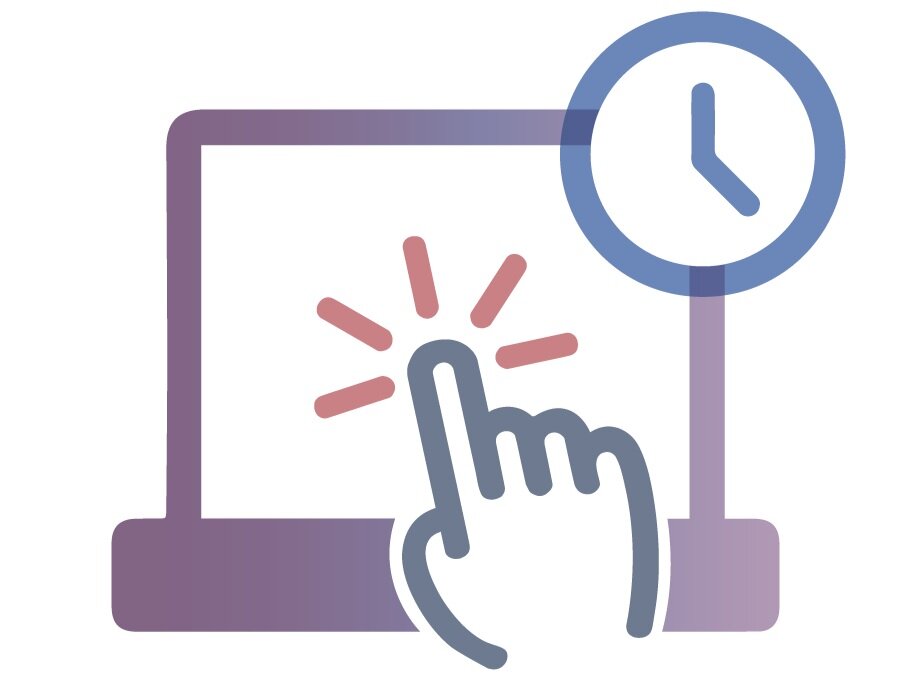


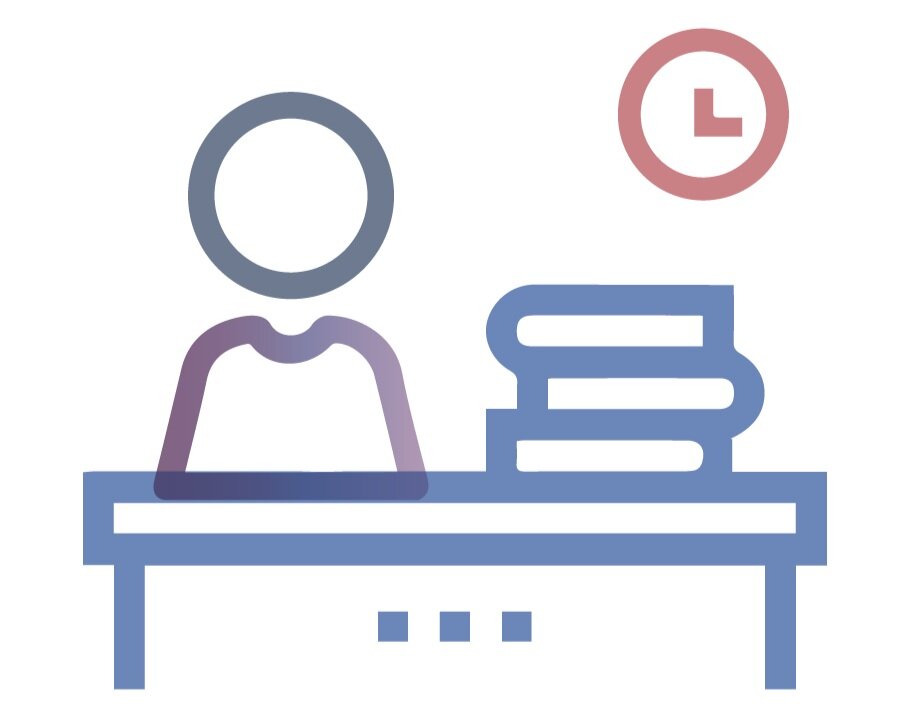
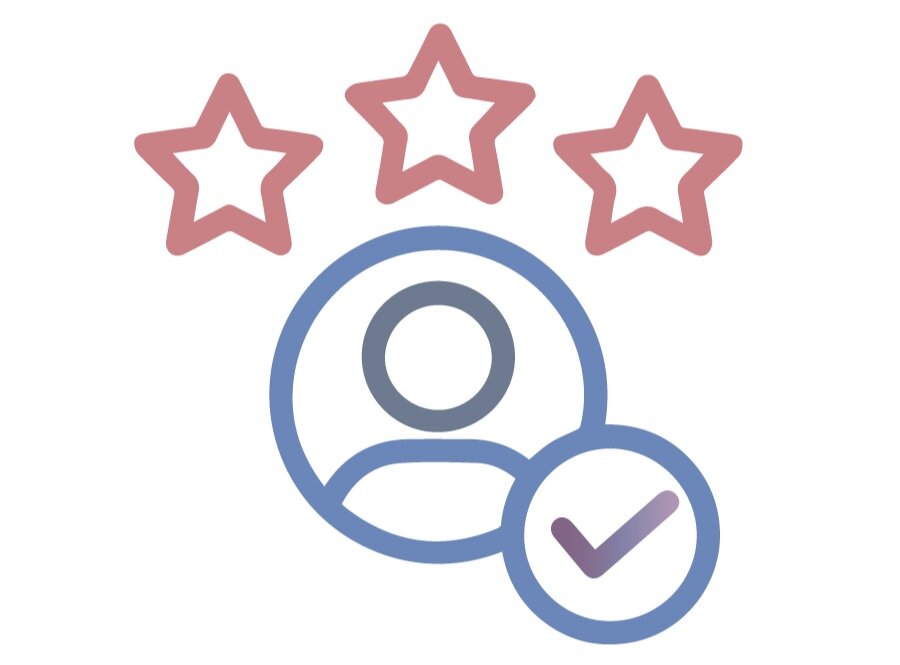
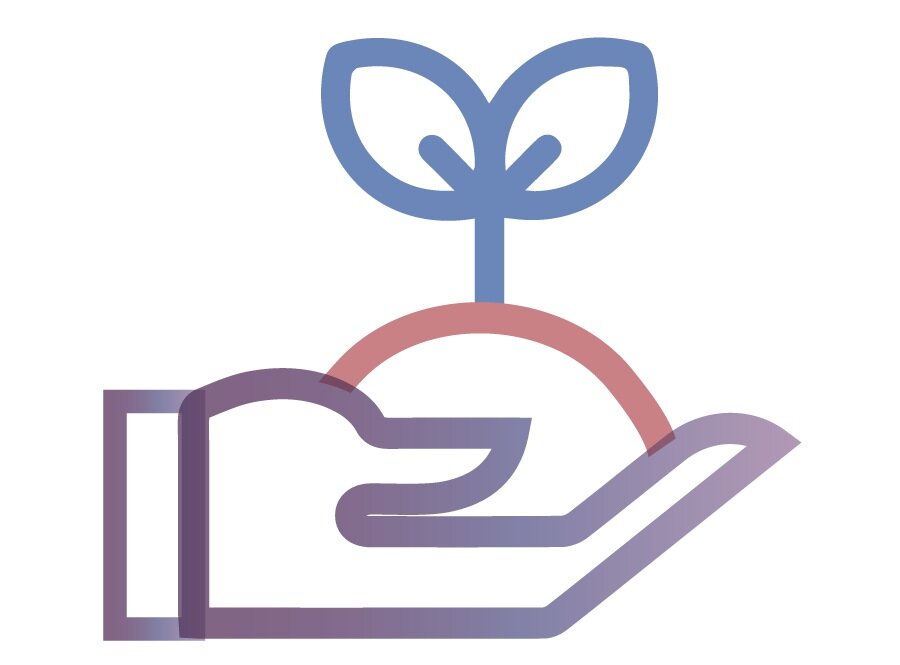
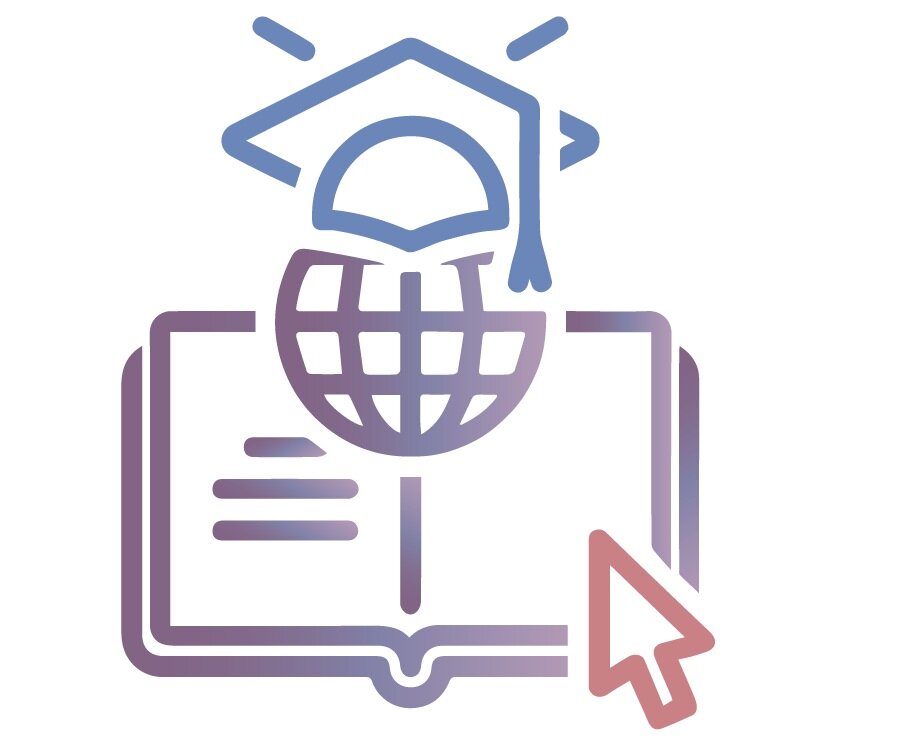
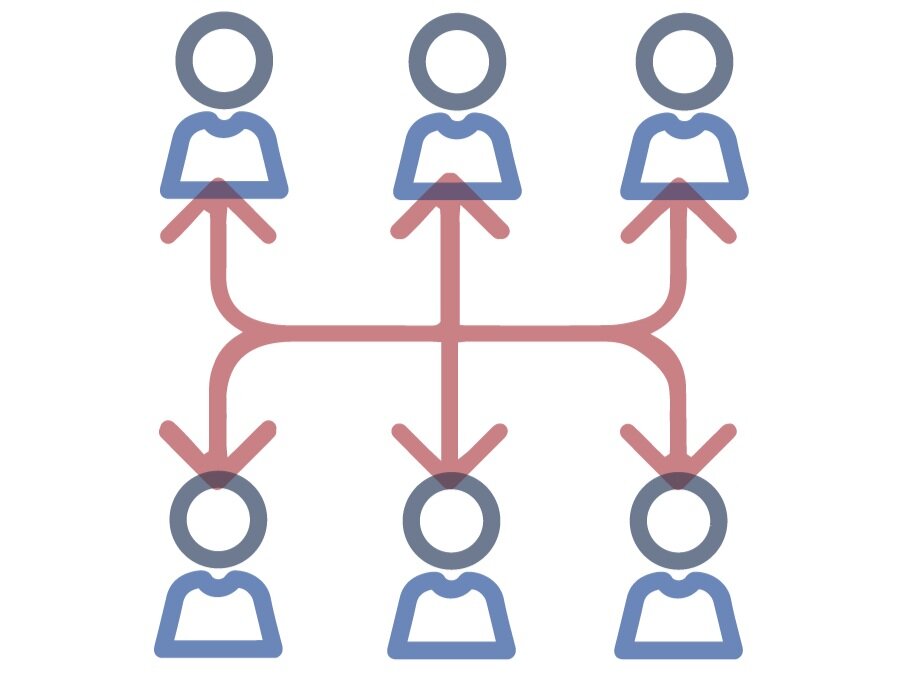
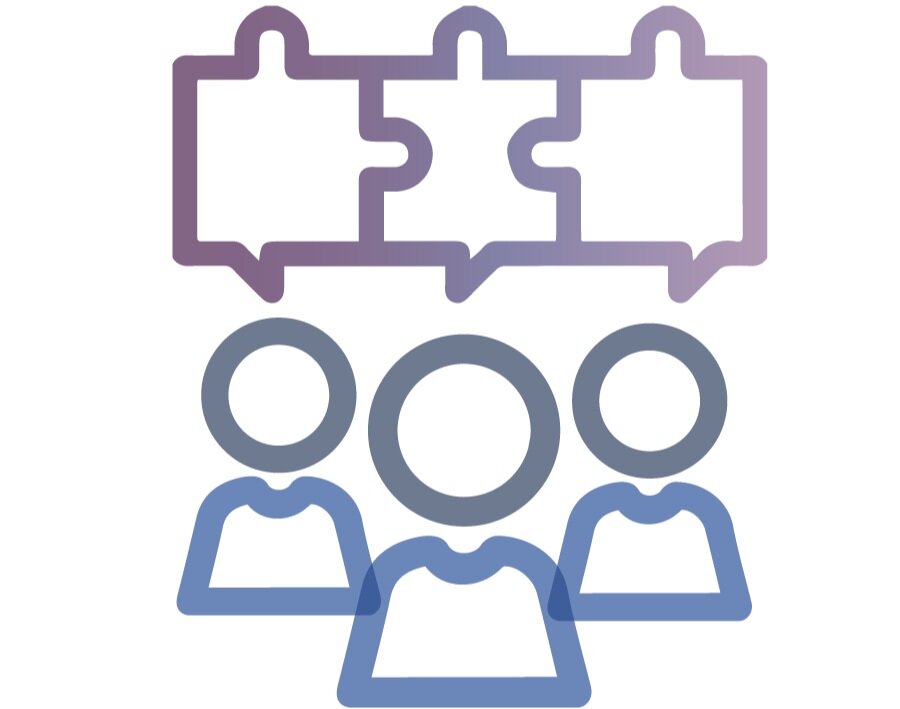



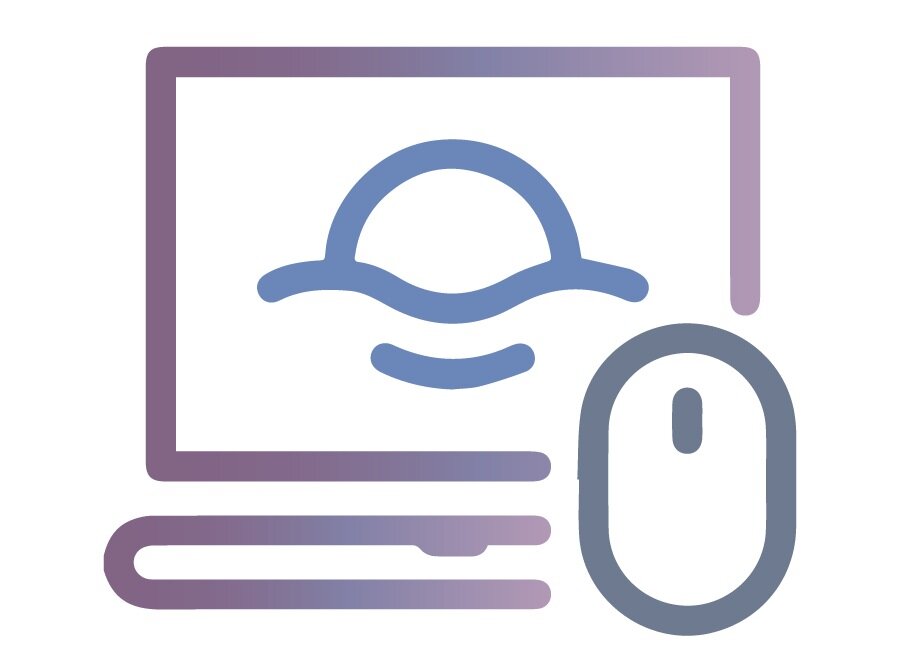
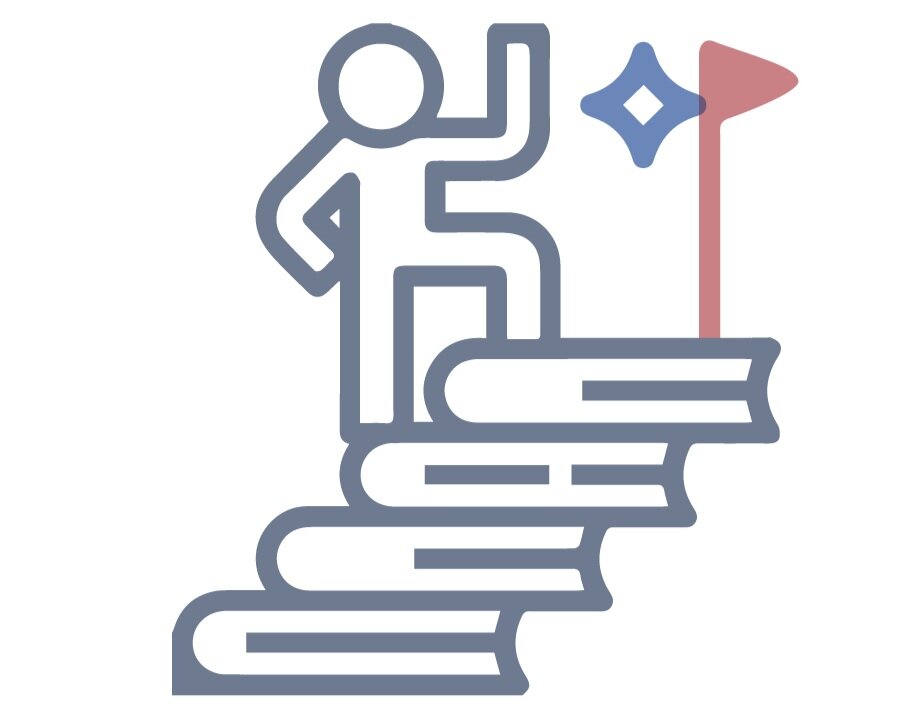
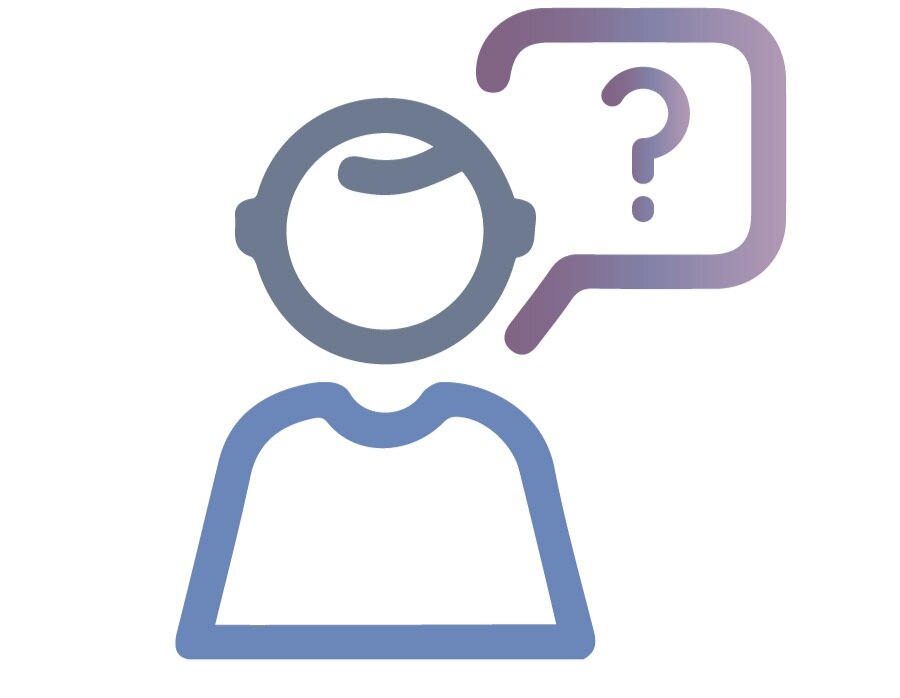
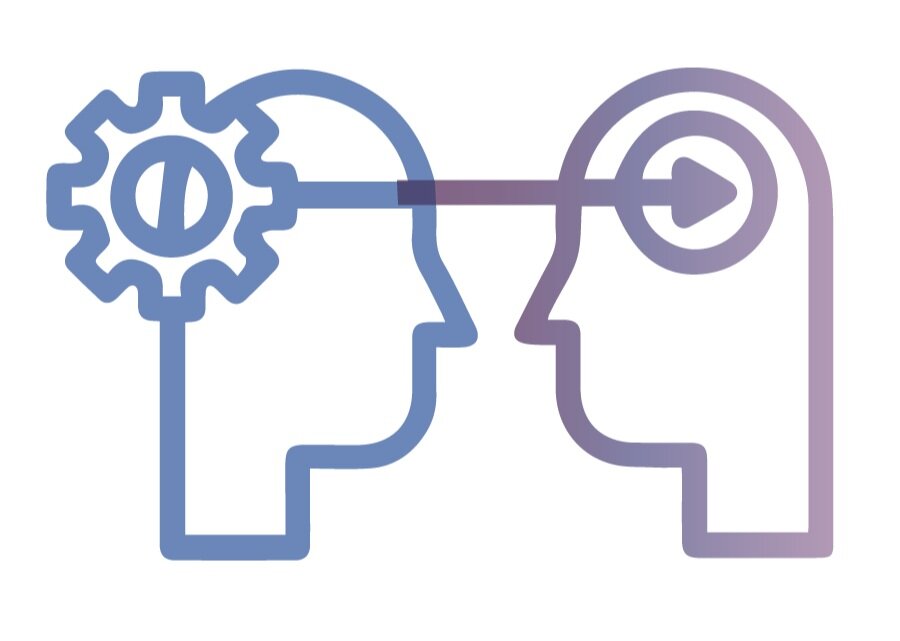
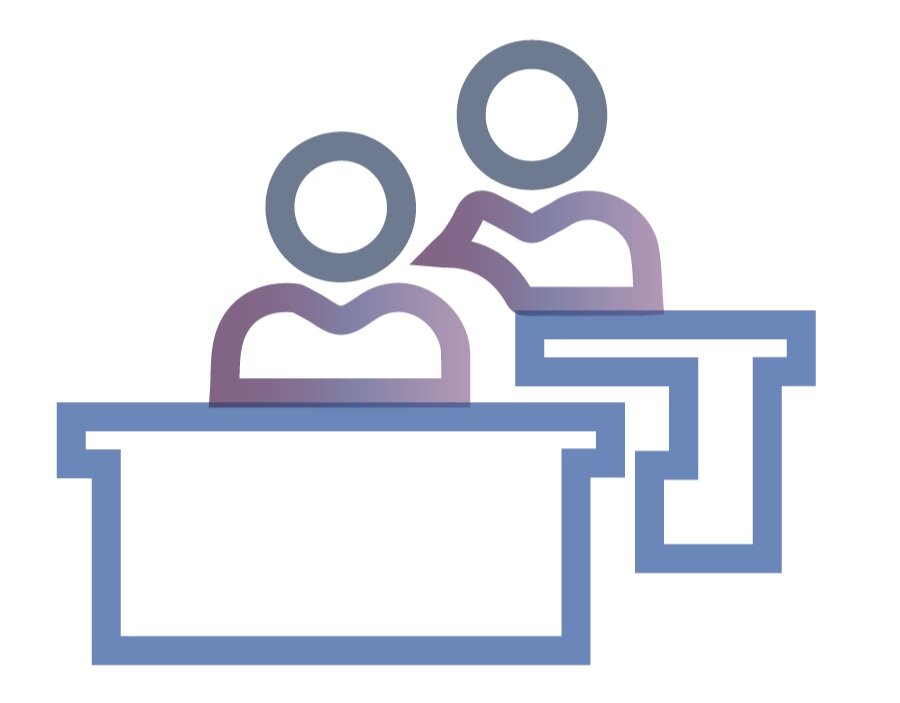
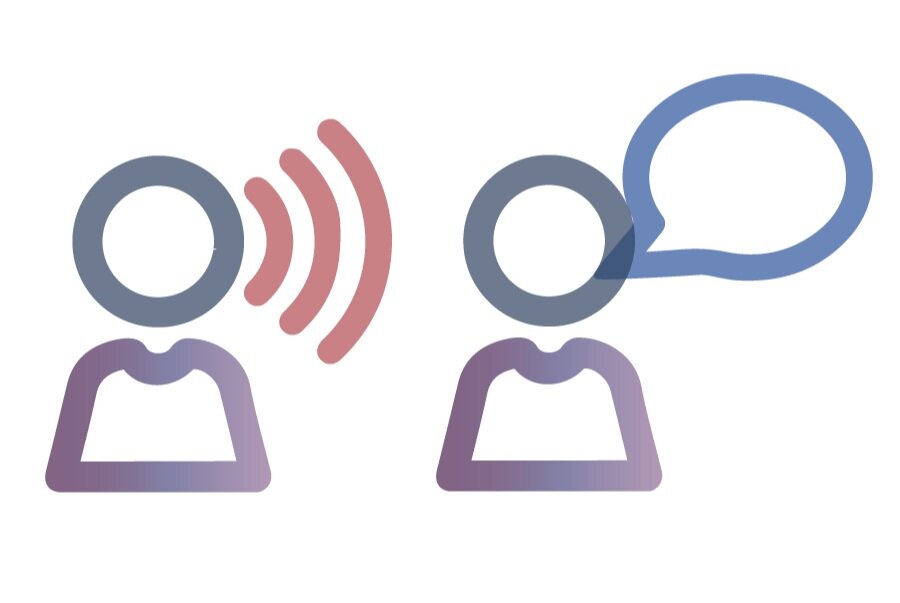

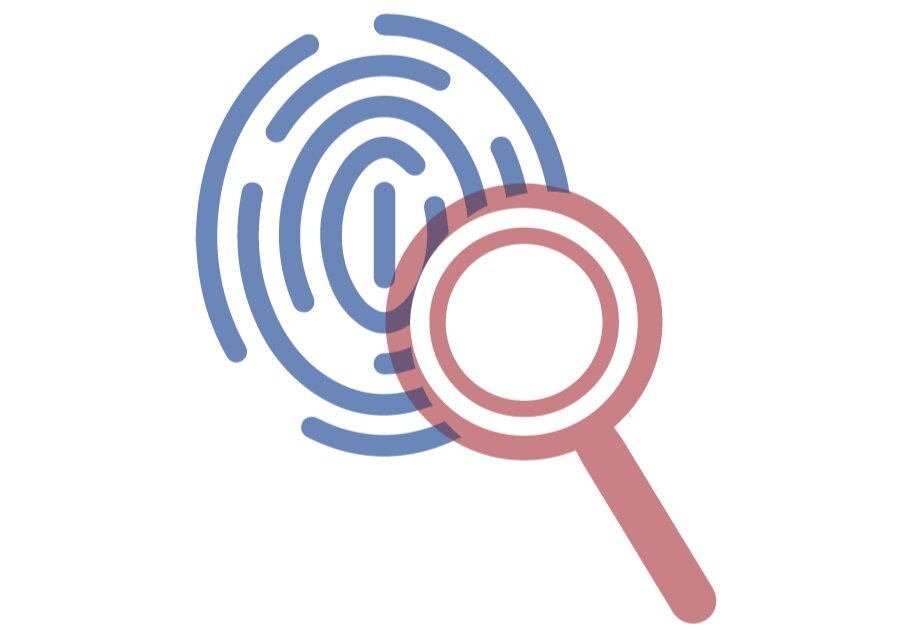
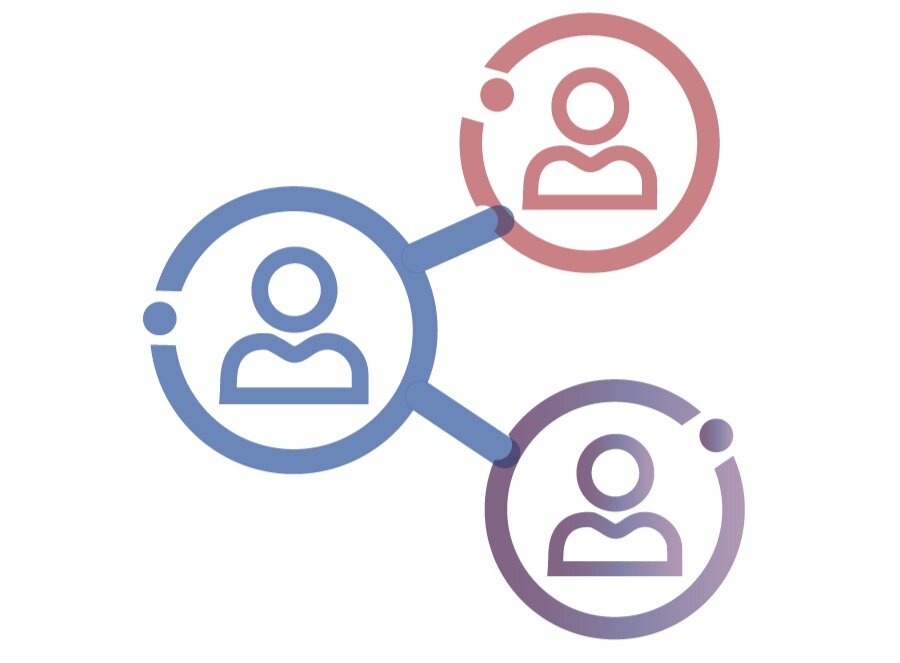
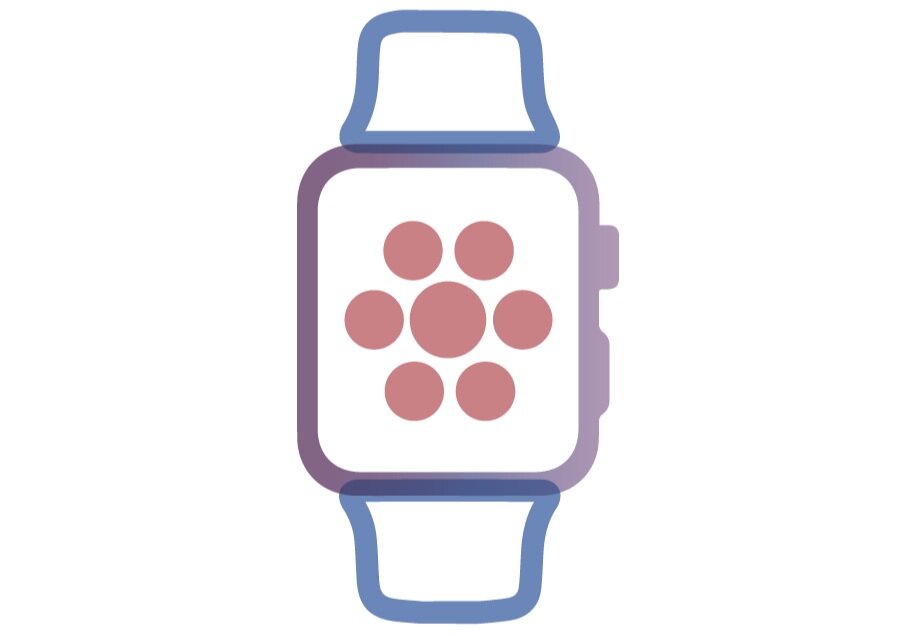
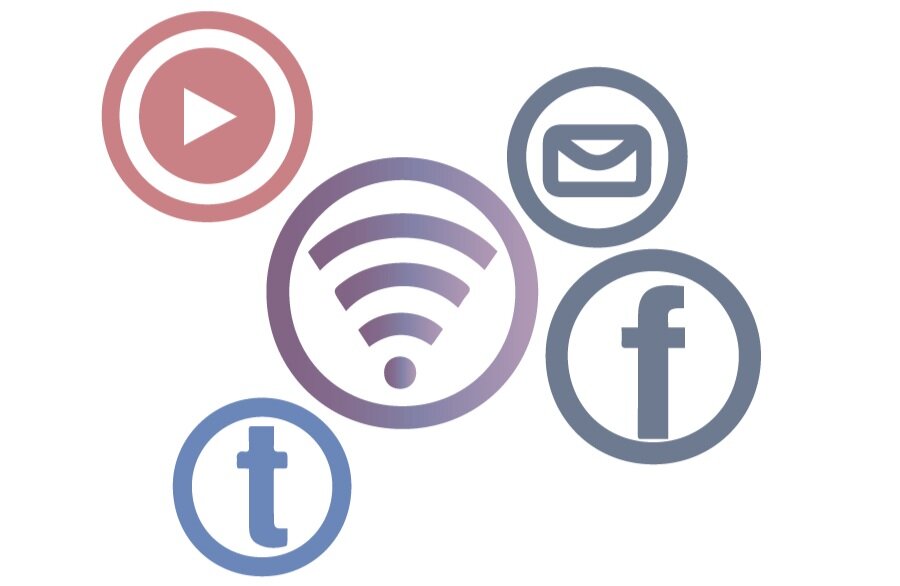
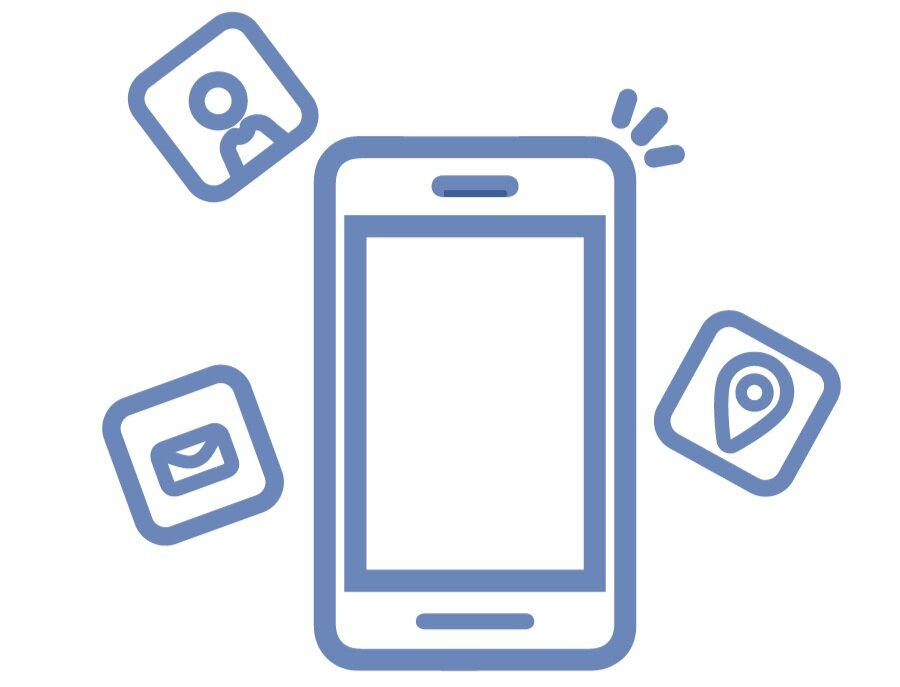

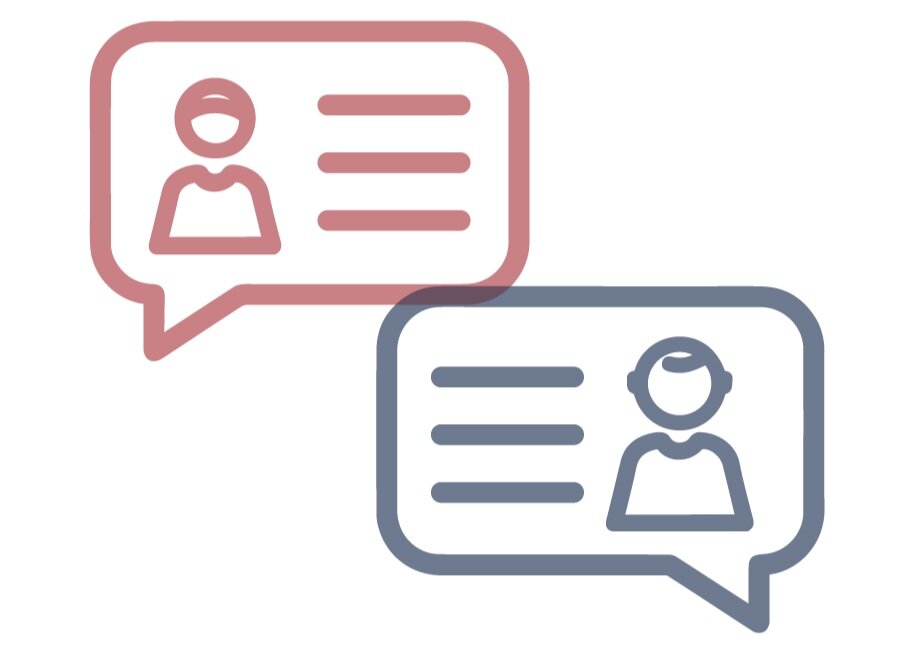

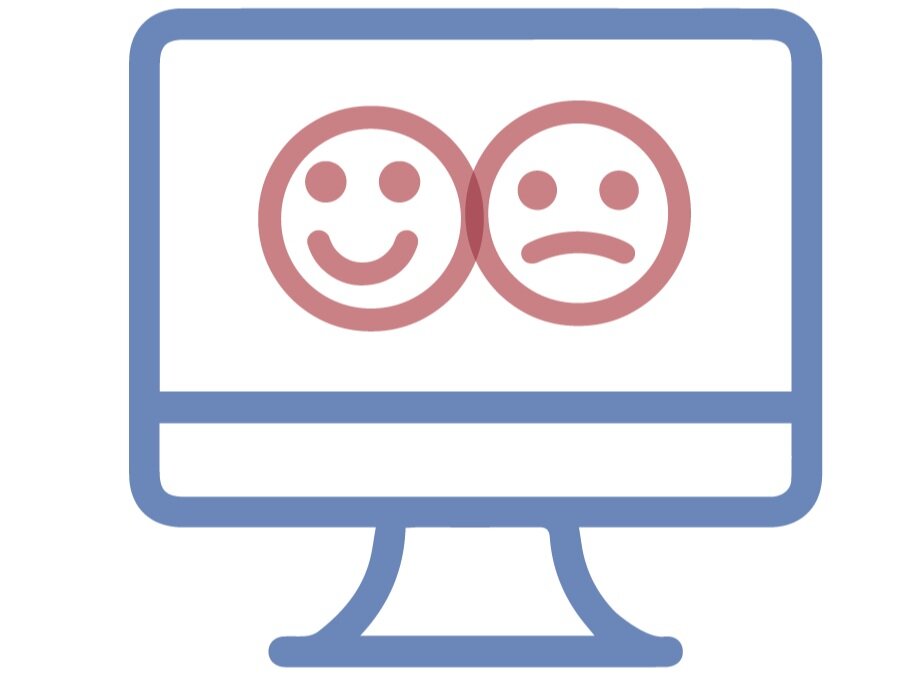
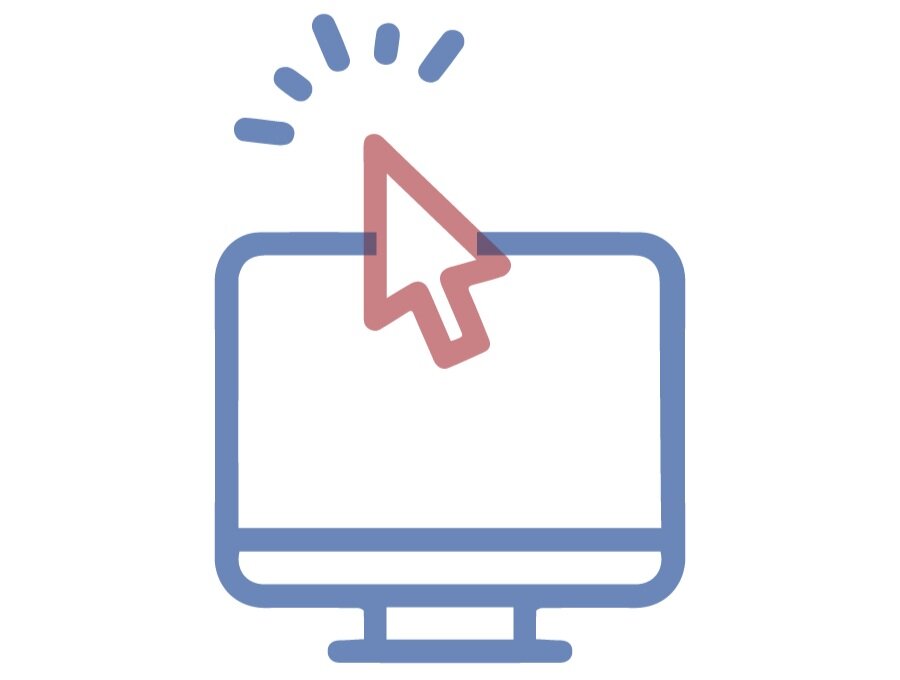


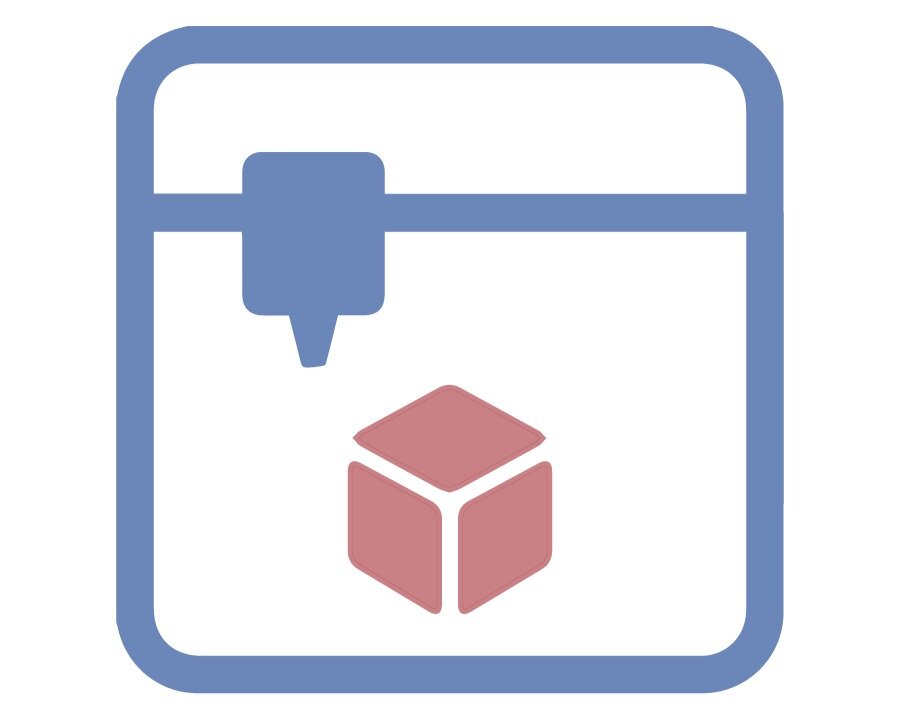
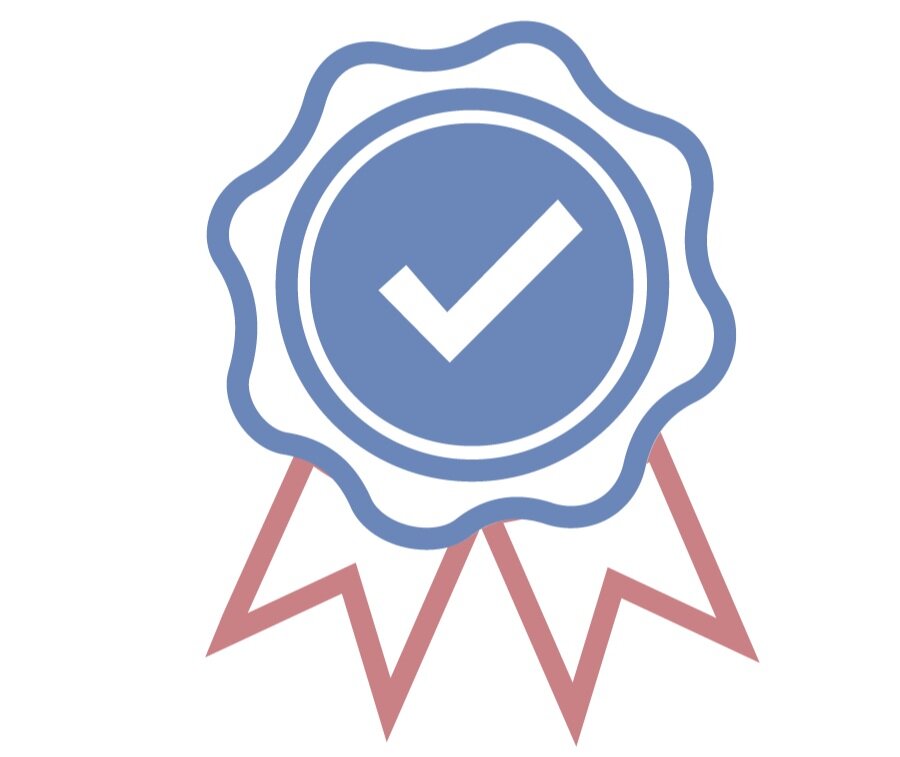
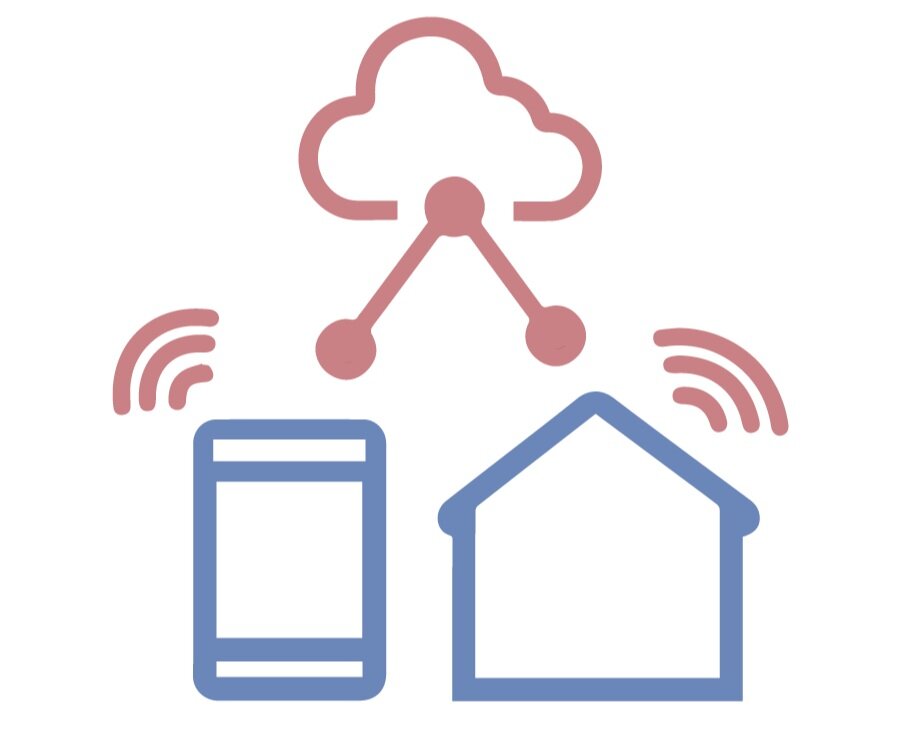
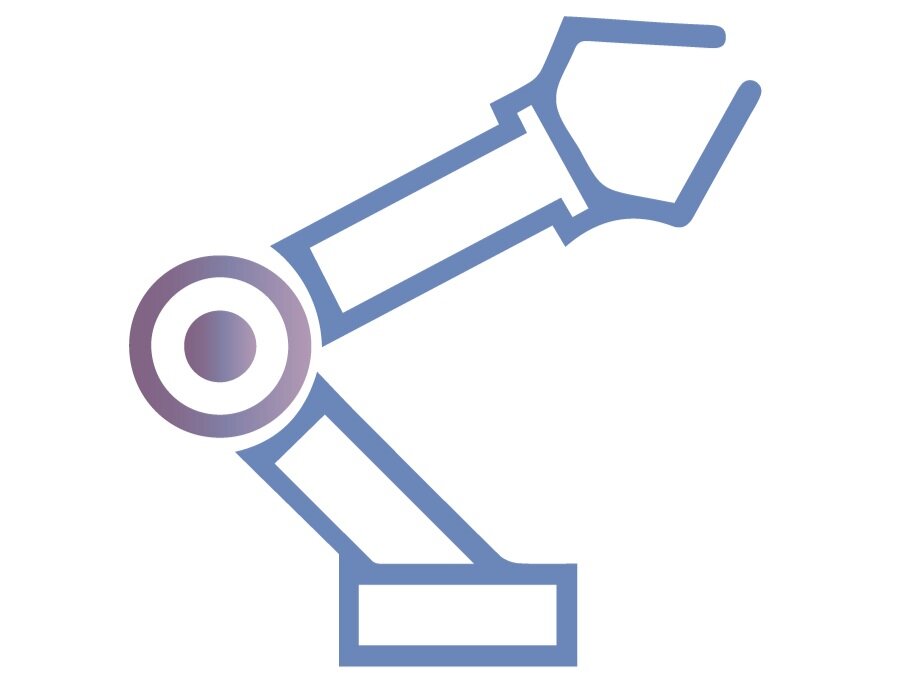
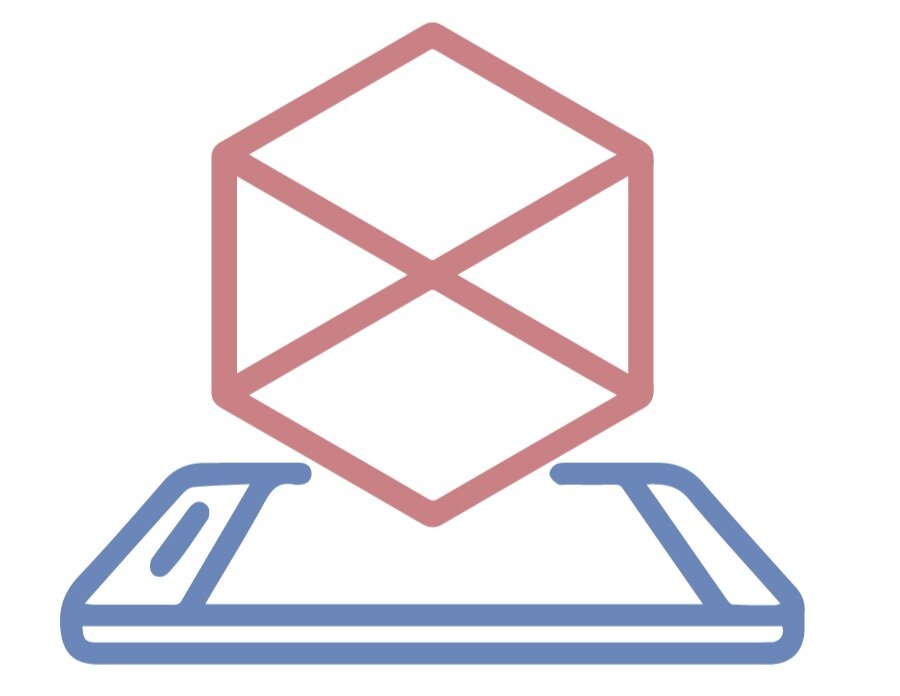
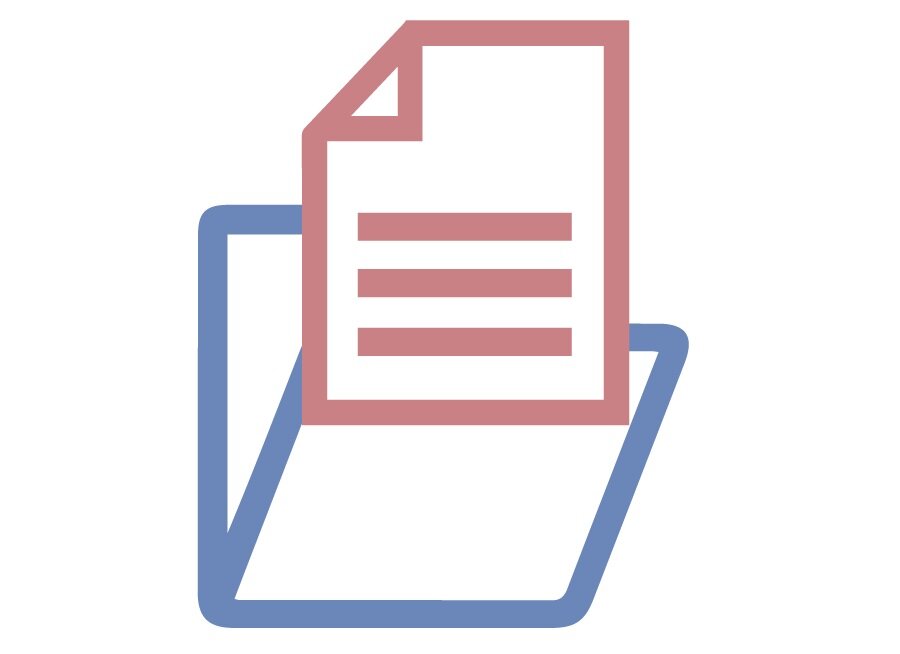
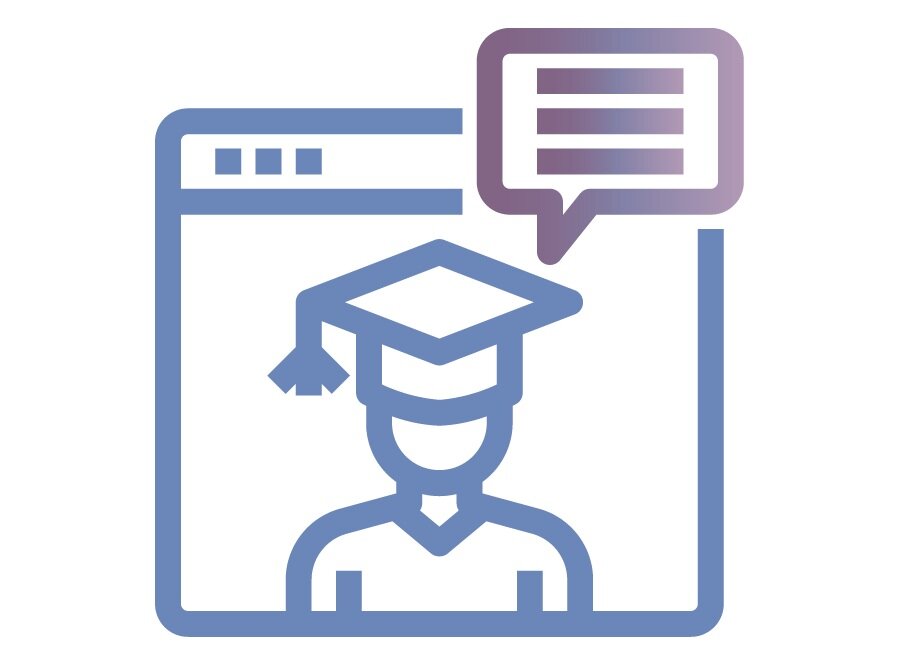


)